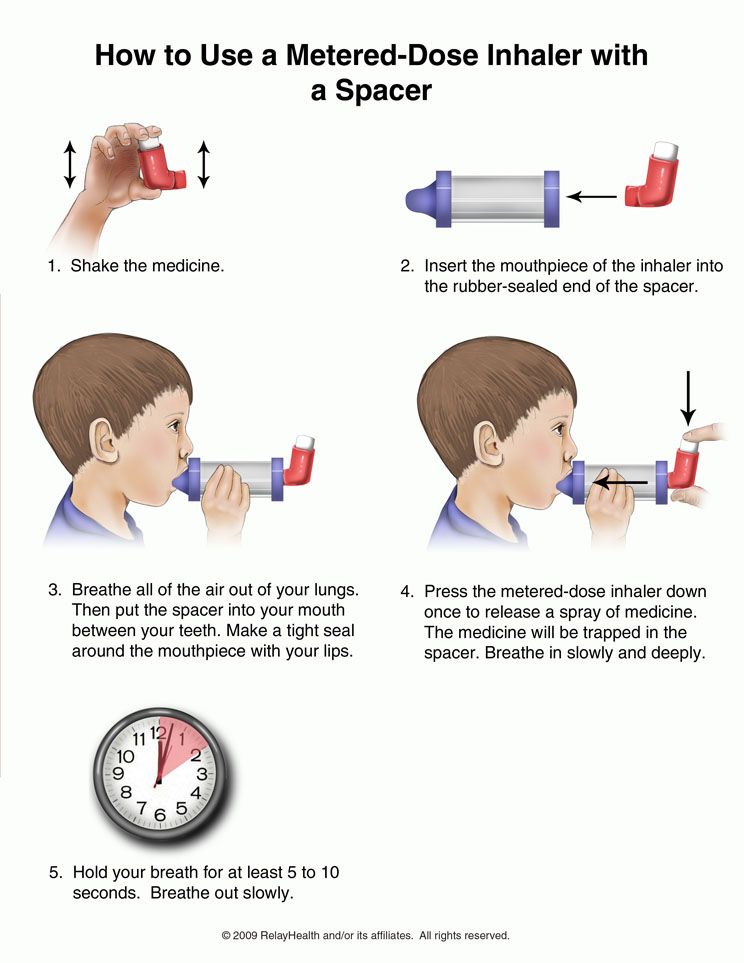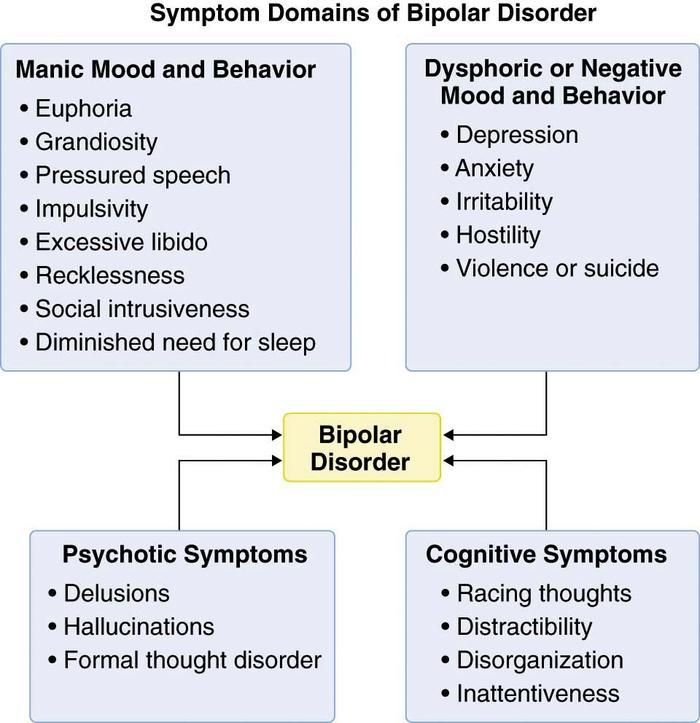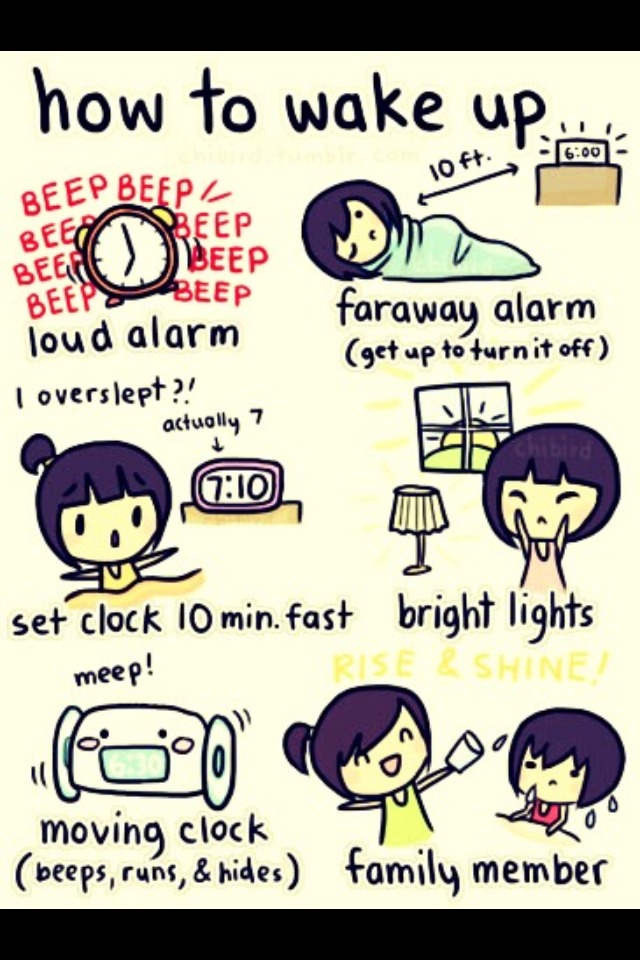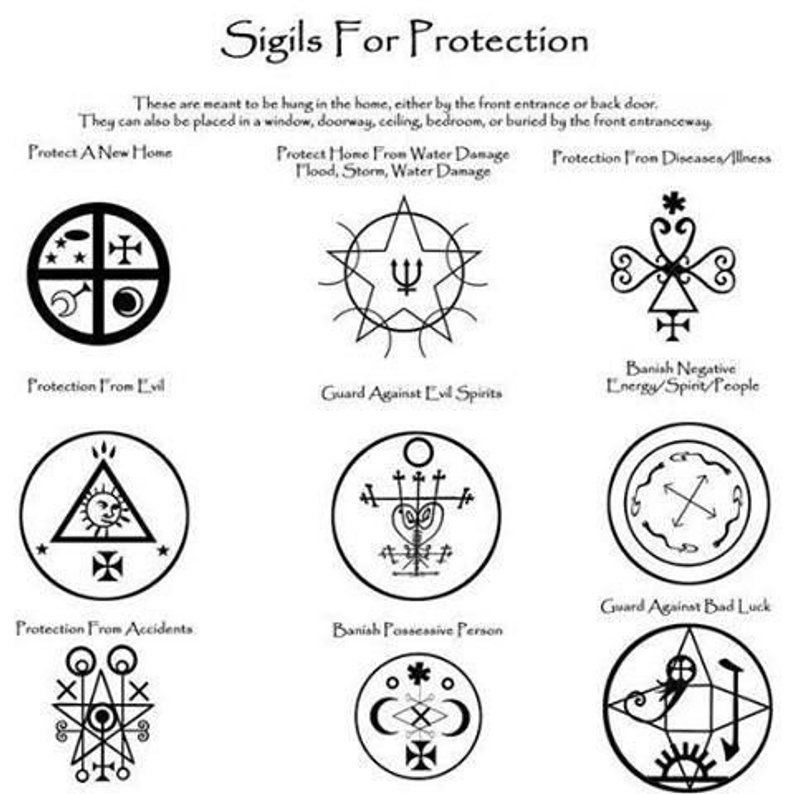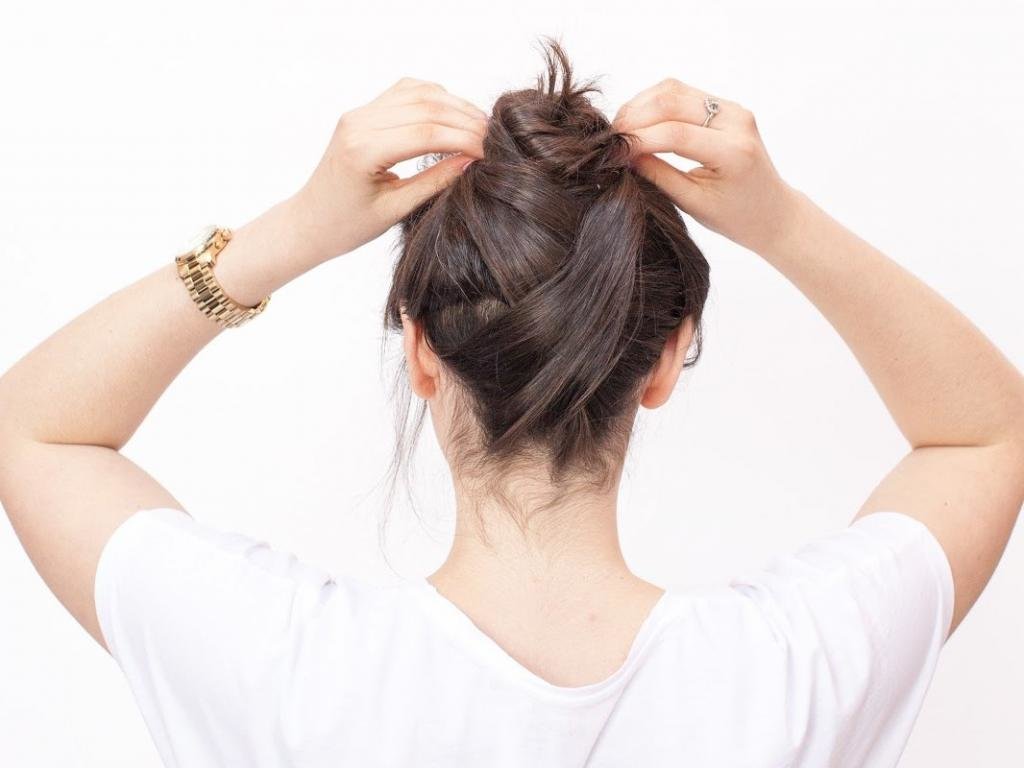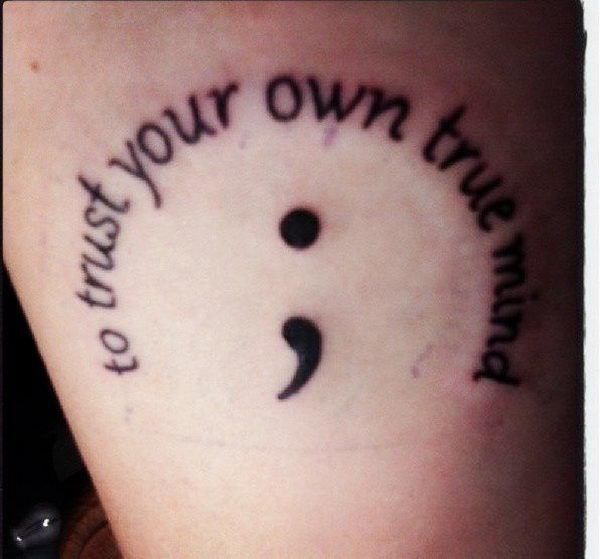How to use a sad light
How to use light therapy for SAD
Mind, Show on Corporate Home
SAD. It's a highly appropriate acronym for the condition it describes. SAD stands for seasonal affective disorder, a form of temporary depression that tends to occur in the fall and winter when the days are shorter and there's less light.
But SAD is more than just the “winter blues.” Like major depression, SAD can cause serious symptoms. And also like major depression, SAD can be treated.
The symptoms of SADThe symptoms associated with SAD can range from mild to severe and can include:
- Feelings of sadness or a depressed mood
- Loss of interest in activities you used to enjoy
- Changes in appetite, such as eating more or craving carbohydrates
- Change in sleep (usually sleeping too much)
- Loss of energy or increased fatigue
- Increased restlessness, or slowed movements and speech
- Feeling worthless or guilty
- Trouble concentrating or making decisions
- Thoughts of death or suicide, or attempted suicide
People who experience these symptoms annually for at least two years can be formally diagnosed with SAD. While researchers don't know the exact causes of SAD, they do agree that a lack of light is a main contributor.
How can a lack of light cause such severe symptoms? Sun exposure stimulates a part of the brain that helps control your circadian rhythm. That's your body's 24-hour sleep-wake cycle.
Your circadian rhythm can be thrown out of whack by a lack of light. This can lead your brain to make too much of the sleep hormone melatonin. At the same time, your brain produces less serotonin—a chemical that elevates your mood.
As you can imagine, people who live in northern areas where there's less light in fall and winter are more likely to experience SAD. Having a family history of SAD or other depressive disorder can also raise your risk.
Bright ideas for treatmentSince SAD is so closely linked with lower exposure to light, increasing your light levels can help reduce symptoms. For example, you might want to try moving your work desk closer to a window.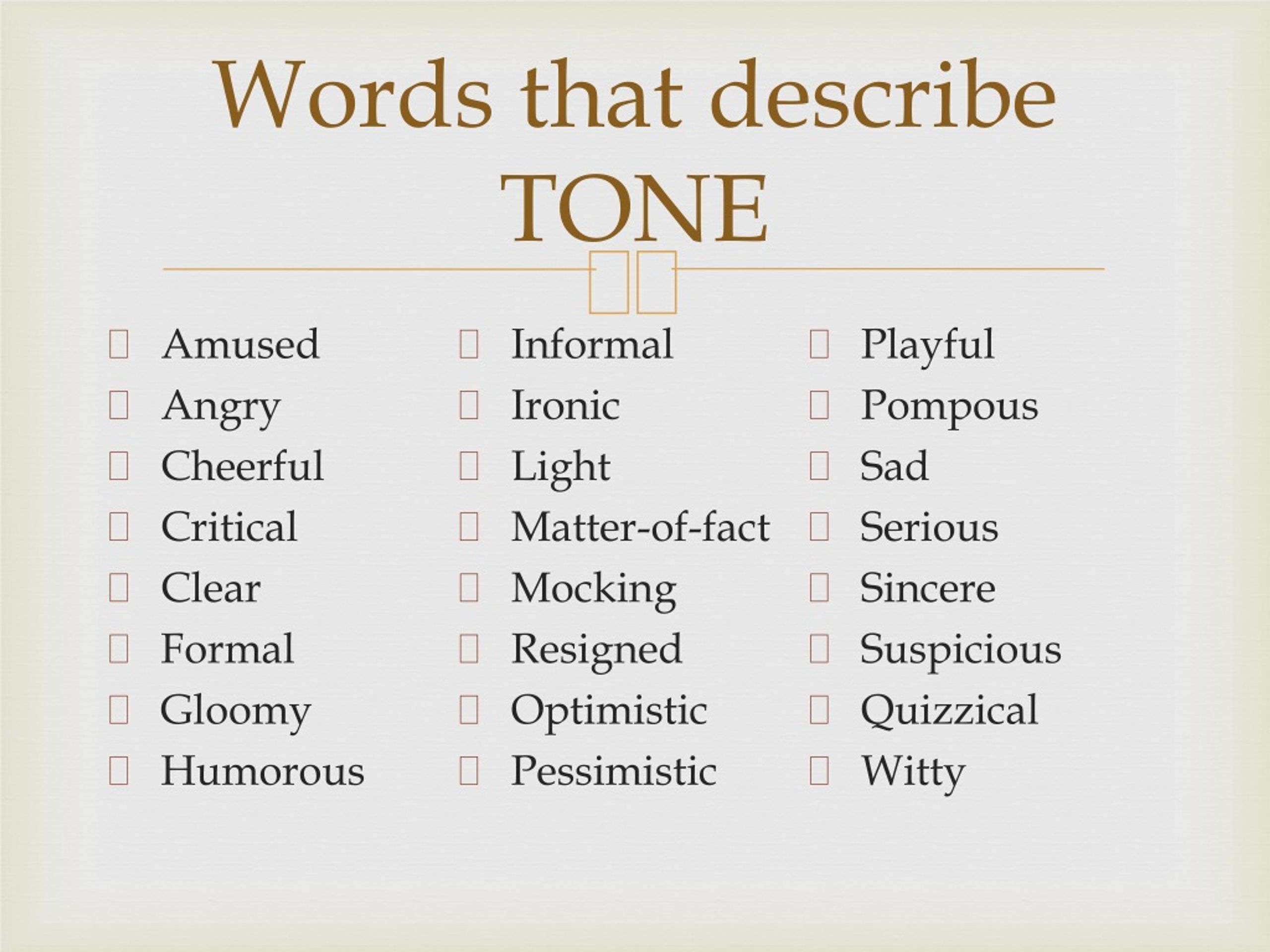 Or take your breaks outdoors when the sun comes out from behind the clouds.
Or take your breaks outdoors when the sun comes out from behind the clouds.
Another treatment you might want to try is a light therapy box. This is a lamp that emits a very bright, white light, functioning like sunlight. Most people get some relief from light therapy within one or two weeks of starting treatment.
Here are some tips for using light therapy:
- Get the right light. Your light box should have a 10,000 lux exposure. Lux is a measure of light intensity. (A bright sunny day is 50,000 lux or greater.)
- Avoid staring at the light. Keep the box just off to the side and about a foot away.
- Take your time. You should absorb light from your lamp for about a half hour a day. You can get your 30 minutes over several sittings.
- Start in the morning. Try to get in at least some light before 10 a.m.
Light therapy can have some side effects at first, like headaches and irritability. If you have a family history of macular degeneration, exposure to light therapy over the years may increase your risk. Also, some medications—like tetracycline—can make your skin more sensitive to light. Talk with your doctor if any of these apply to you.
Also, some medications—like tetracycline—can make your skin more sensitive to light. Talk with your doctor if any of these apply to you.
Before you try light therapy, it's a good idea to talk with your doctor to be sure you really have SAD. Some disorders—like thyroid problems—can be mistaken for SAD.
If you do have SAD and light therapy doesn't work, your doctor might suggest antidepressants. He or she also might refer you to a mental health therapist. Cognitive behavioral therapy has been shown to be an effective treatment for SAD.
Keep moving during the winterAnother mood booster to try is exercise. Check out these four ways to cross-train during the winter.
Instructions for using a light box
Note that this information does not substitute for medical consultation. You should always check out information with your own physician.
These instructions should only be used in conjunction with supervision by a qualified health professional.
We are unable to answer clinical questions, and we recommend that you contact your family physician or the nearest university medical centre for the name of a mood disorders specialist.
See also our recommendations for How to Get a Light Box.
Light Therapy – Procedure for using the 10,000 lux fluorescent light box
- These instructions are for light boxes that emit 10,000 lux light (lux is a measurement of light intensity). Light boxes with lower lux rating usually require more time for response. For example, 5,000 lux light boxes require 45-60 minutes of daily exposure, while 2,500 lux light boxes require 1-2 hours of exposure.
- Other light devices are also commercially available (e.g., LED lights, light visors, dawn simulators). They may be beneficial for some patients, but there is less evidence to show that they are effective compared to light boxes.
- The light boxes we recommend contain cool-white fluorescent lights, but full-spectrum fluorescent lights are also effective (although more expensive).
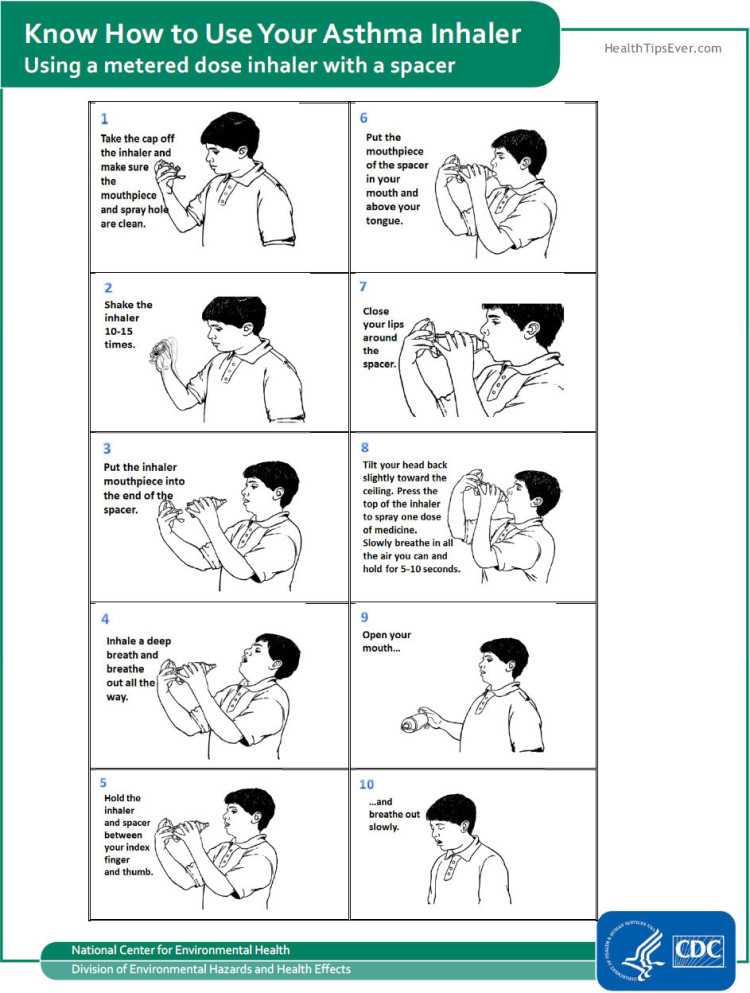 The light box should have an ultraviolet filter. Do not use sunlamps, tanning lamps, or halogen lamps as these may be harmful to your eyes!
The light box should have an ultraviolet filter. Do not use sunlamps, tanning lamps, or halogen lamps as these may be harmful to your eyes! - During light therapy, you should keep to a regular sleep schedule (going to sleep and waking up at regular times, for example, 11:00 p.m. to 7:00 a.m.
- The light box should be placed on a table or counter so that you can sit comfortably. You must be positioned correctly, so follow the manufacturer’s information about the distance to the light box.
- You can read or eat while sitting under the lights, but your eyes must be open for the effect to occur. You cannot sleep during your light exposure! You should NOT stare directly at the lights.
- Start with 30 minutes of light exposure per day. Start light therapy in the early morning, as soon as possible after awakening (between 6:00 a.m. and 9:00 a.m.).
- Response usually starts in a few days, and by two weeks the symptoms should be definitely improving.
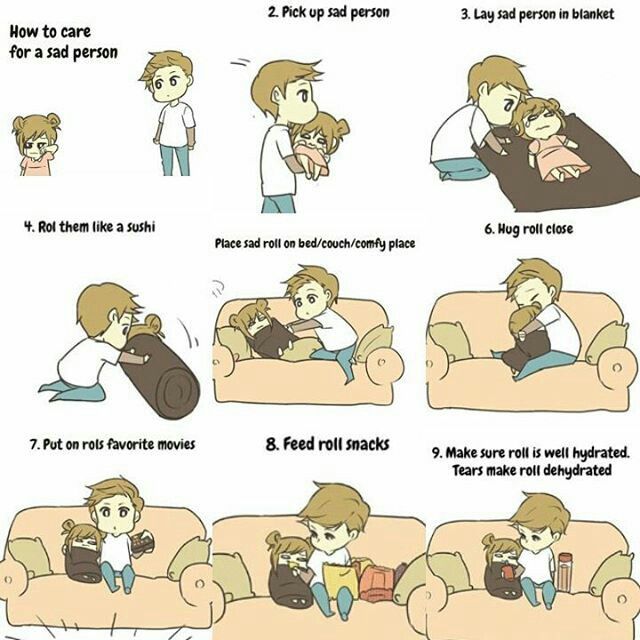 Most people need to continue light therapy throughout the winter until the springtime. When light therapy is stopped, symptoms do not usually reappear for a few days, so most people can stop the treatment for one or two days without much problem (e.g., for a weekend trip).
Most people need to continue light therapy throughout the winter until the springtime. When light therapy is stopped, symptoms do not usually reappear for a few days, so most people can stop the treatment for one or two days without much problem (e.g., for a weekend trip). - If the symptoms are not improving after 10-14 days, try spending up to 60 minutes per day in front of lights each morning, or divided between the morning and evening. Do not use the light box too near bedtime, as the light exposure can disturb sleep. If this still does not help, contact your doctor.
- When there is a good response to light therapy, some patients like to experiment with the timing and duration of daily light exposure, e.g., by reducing the daily exposure to 15 minutes, or using the light at a more convenient time of the day (e.g., 7:00 p.m.). We suggest making one change at a time, for 2 weeks. If symptoms start returning, go back to the original dosing schedule.
- There are no reported harmful effects on the eyes with light therapy as described, but the long-term effects have not yet been studied.
 If you have eye problems (e.g., retinal disease, macular degeneration, or diabetes), or worries about eye damage, please see your doctor.
If you have eye problems (e.g., retinal disease, macular degeneration, or diabetes), or worries about eye damage, please see your doctor. - Some people experience mild headaches, nausea, dizziness, or eye strain when using the lights. These symptoms usually occur at the beginning of treatment, and get better in a few days. Otherwise, they can be relieved by reducing the daily exposure time, or by sitting slightly farther away from the lights.
- Occasionally people report feeling irritable, or euphoric, or being “too high” when treated with light therapy. If this happens, the treatment should be stopped, and you should contact your doctor. If light therapy is restarted, use a shorter exposure time (e.g., 15 minutes per day) or sit slightly farther away from the lights.
- People with bipolar disorder (manic-depressive illness) should consult with their doctor before using light therapy.
Shamil Ibragimov - Night has surrounded me again lyrics
View all lyrics I wake up in the twilight of the night
In the sky bright stars draw your light for me
There is a sad light in the sky, your tender silhouette
I pick up the same motive again
I remember with sadness how I loved you
I don't know how to forget you
How to come to terms with the idea that you are no more
And I'll get drunk again, quietly going into delirium
Again I see a dream, as if everything is in reality
In the sky bright stars draw your light for me
There is a sad light in the sky, your tender silhouette
I pick up the same motive again
I remember with sadness how I loved you
I don't know how to forget you
How to come to terms with the thought that you are no more
Many days have passed, but years have flown by
I can't forget, how can I forget you
The night will come again, followed by melancholy
But only my six-string friend is with me
I pick up the same motive again
I remember with sadness how I loved you
I don't know how to forget you
How to come to terms with the idea that you are no more
Did you like the lyrics of the song?
Leave a comment below
Correct lyricsSee all lyrics Shamil Ibragimov
Share a link to the text:
Text rating:
- Text-pesni.
 com
com - W
- Shamil Ibragimov
- Again the night surrounded me
Popular lyrics and translations of songs by Shamil Ibragimov:
Perhaps you will hear me
Shamil Ibragimov
Again the night surrounded me
Shamil Ibragimov
Popular lyrics and song translations:
January (ft. Ramil')
Xcho
Monroe (Slavik Pogosov)
Slavik Pogosov
Break
tenderlybae
LP (ft. Milana Star)
Milana Star)
Milana Khametova
Life
Vector A
Vredina (Bakr)
Bakr
Cranes (Sometimes it seems to me that soldiers, White Cranes)
Mark Bernes
Defenders of the fatherland (Faithful sons of Russia, Stars on shoulder straps shine brightly, Sisters of Nuzhina)
Songs for February 23,
Your gentle gait (That winter not far away)
Timur Mutsuraev
You and me
Xcho
Best lyrics and translations of songs:
Wildly partying (ft. Nikolai Baskov)
Nikolai Baskov)
Danya Milokhin
If you feel sad (ft. NILETTO, Rauf and Faik, Niletto)
Rauf & Faik
Youth (Good, We put the sound on the whole neighbors do not sleep)
Dabro
Buttercups (I watch our old cartoons)
Just Lera
I'm getting drunk again (Slava Marlov)
Slava Marlow
Fendi (Raheem Fendi hoodie Gucci Prada Louis on me)
Rakhim
It hurt and passed (Yes, everything went away)
HENSY
Dance Like This (From Dream Team's Tik Tok)
Your Marusya
Okay (We're just playing life)
Tim Belorussky
I fell in love (I just fell in love with you)
dora
Similar lyrics and translations of songs:
Again the night surrounded me
Shamil Ibragimov
Mom (Dinar Rakhmatullin, Again day again night)
Dinar Rahmatullin
Night again
Zelim Magomadov
Night again
Eldar Agachev
And again gray night
Yuri Shatunov
"Sad Angel" in Photoshop, Photoshop tutorials
Hello everyone! Today you will learn an easy way to create an emotional photo manipulation. All we need in our work is a background image and a stone statue. To give a mysterious look, we will use brushes of glitter and rays of light, and in the final step, for drama, we will use adjustment layers.
All we need in our work is a background image and a stone statue. To give a mysterious look, we will use brushes of glitter and rays of light, and in the final step, for drama, we will use adjustment layers.
End result:
This is the first time I've used a pre-made background image. I was fascinated not only by the beautiful color tones, but also by the overall mood of the image.
So, load the background image from the materials for the lesson into the program.
Next, place the image of the angel statue on a new layer (Ctrl+Shift+N) . The good news is that the image is in PNG format and has already been cropped.
Using Free Transform (Ctrl+T) resize the angel image and place it in the center of the composition.
Select the Liquify (Liquify) tool and use the Forward Warp Tool (W) to fix the angel's wing.
As you may have noticed, there are slight color differences between the angel and the background image.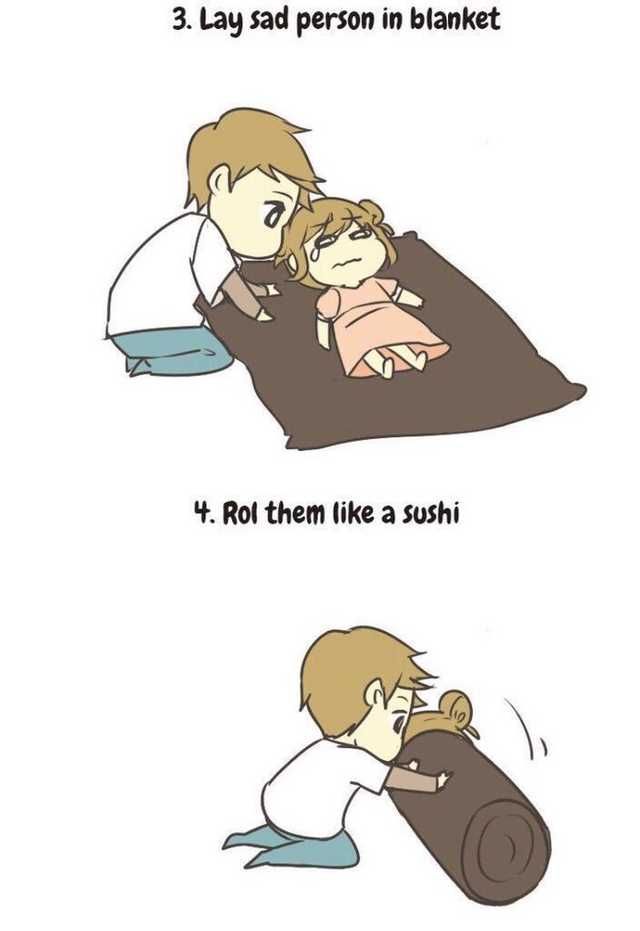 To fix, open adjustment layer (as clipping mask for the angel layer) Color balance (Color Balance) and make the following settings:
To fix, open adjustment layer (as clipping mask for the angel layer) Color balance (Color Balance) and make the following settings:
Now apply the Noise brush from the materials for the lesson on the angel to create the effect of an angel hovering in the air. Using the tool Eraser (Eraser Tool) with a brush "Noise" erase the bottom of the image.
Create a new layer (Ctrl+Shift+N) and name it "Decay Effect". Using the Brush Tool (Brush) (B) with the color # 3d5153 and the Noise brush, paint the missing part of the angel from top to bottom. You can apply different color shades in your work using the Eyedropper tool (Eyedropper Tool) for taking color samples.
Add a new layer (Ctrl+Shift+N) but this time place it behind the angel layer and name it "Rays of light". Select the Brush (Brush) (B) white color, size about 1000 px. and a set of brushes "Rays of light" from the materials for the lesson, paint an outgoing light behind the angel.
and a set of brushes "Rays of light" from the materials for the lesson, paint an outgoing light behind the angel.
Apply Filter > Sharpen > Smart Sharpen (Filter > Sharpen > Smart Sharpen) to the light rays layer with the settings from the screenshot. Change the blending mode for the layer to Soft Light (Soft Light) and Opacity 50%.
Create a new layer (Ctrl+Shift+N) . Select the Brush (Brush) (B) white color and using the "Sparks" set from the materials for the lesson, add sparks around the angel.
Now, if desired, add a new layer (Ctrl+Shift+N) above all layers, and using a soft Brush (Brush) (B) white paint in areas that you think need to be lightened a little. Change the blending mode for the layer to Overlay (Overlay) reduce the opacity of the layer to 70%.
To add contrast, create a Brightness / Contrast (Brightness / Contrast) adjustment layer, above all layers, and set the contrast level to 20.